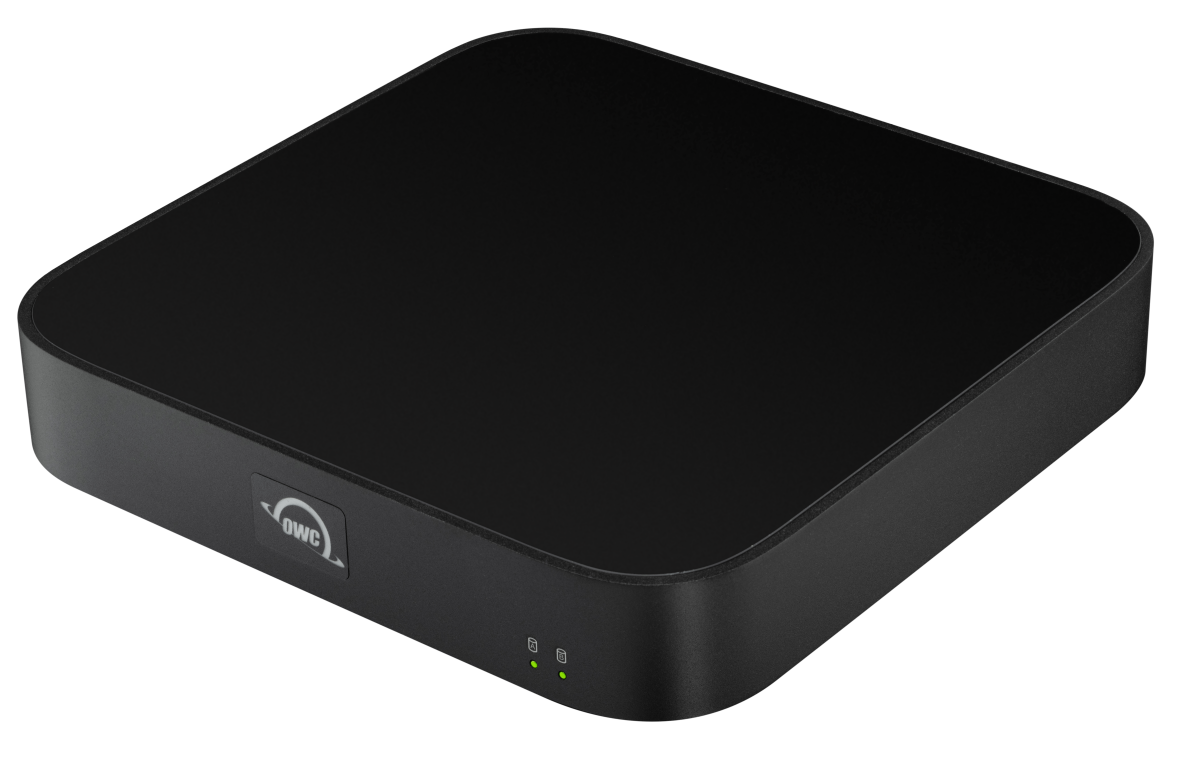Can anyone suggest a neat storage solution, not too expensive, that they have been pleased with? Is there a practical way to have Lightroom images spread over a few drives?
I would like to hear other people’s experience. I am tired of having cables draped everywhere to power my small forest of external spinner!s
FWIW, I'll take a bit more general approach to your quwestion:
I use a Macbook Pro 16" M1 Max 64GB/2TB for job and hobby and it is the primary system for everything including image processing.
Being worried about cabels as well I chose to have a single cable setup, meaning that everathing connected to the Macbook is handled with one TB4 cable including charging the Macbook. Because I didn't need all the other stuff built in the large docks I use a CalDigit Element Hub.
Connected to it are
- two Studio displays and
- one OWC Mercury Elite Pro Dual mini
- holding two Samsung EVO 870 QVO 8TB
- running as a 8TB RAID 1 array
- primary backup device for time machine and
- as an external archive for everything that doesn't need to stay on the internal SSD
- New NEF go on the internal SSD first
- After the images have been finally processed
- the NEFs including their sidecar files go in the external archive and
- the exported processed images stay on the internal disk, so that I always have them with me.
Even with the two Studio Displays running parallel to the OWC on the Element Hub I get about 450 MB/s Write and 520 MB/s Read from the external device, whioch for my purpose is more than enough and lies within the capabilities of SATA-III-SSD's.
Yes, with the two SSD's it is not as cheap as comparable storage space with classic HDD's but this thing takes so little power, that you can even plug it directly to your Macbook and power it from there. I actually know someone carrying one of these as mobile backup and archive solution when going on lopng term leave for a projekct abroad.
If you prefer to actually work directly on the external disk for processing images there could be differences depending on the software you use. I know that some software might make your life complicated due toissues with catalogues etc.
In my case (using DXO PhotoLab) I can't find any significant drop in working performance when working on the internal disk or on the "slow" extrenal one.
But this is also depending on your RAM. If you do do big batch conversions and or large scale exports, smalller memory can lead to swap to your disk and in this case the spped of the used disk will matter.
If your new Macbook Pro happens to be one of the latest geberation with M4 Pro or Max, you might want to go a different path, because there you have TB5 available providing double the data bandwidth of TB4.
To utilize this to the maximum you would have to look for a TB5 hub/dock and it might even be worthwhile going for a SSD enclosure being able to take multiple NVMe SSD's to provide you with the required space as well as the required security level, while getting much higher read/write rates com pared to SATA-III-SSDs I use.
One example is the OWC ThunderBlade, that can take 4 or even 8 NVMe-SSD's depending on the model. Things like that are normally so fast that you don't have to worry about waiting for TB5 enclosures. The headroom TB5 provides will allow you to run a TB3 or TB4 storage device at almost full speed, no matter what else is needing bandwidth on your single cable from the computer to the "rest of the desk".
BTW, the only thing I still use my remaining classic HDDs for is creating outsourcable disk images of the volumes on my internal Macbook SSD and on the external devices on my desk, following the 3-2-1 principle:
- Three backup copies
- Two of these offline and
- One being stored outside the house in a remote location.


